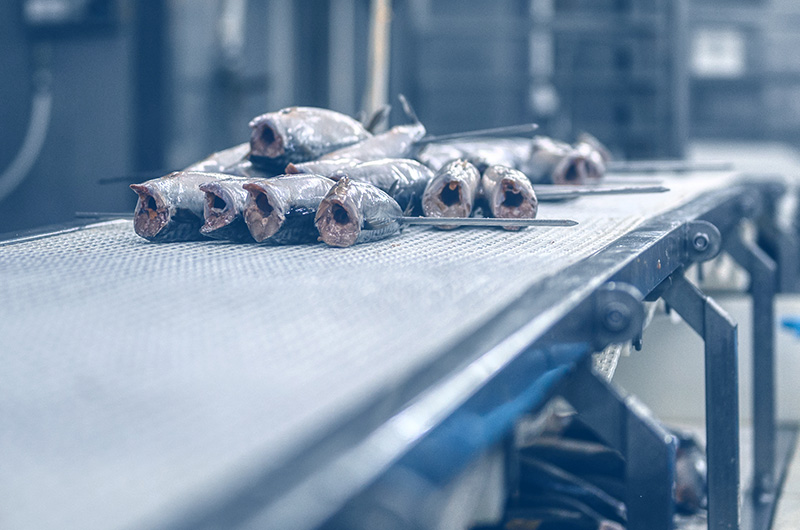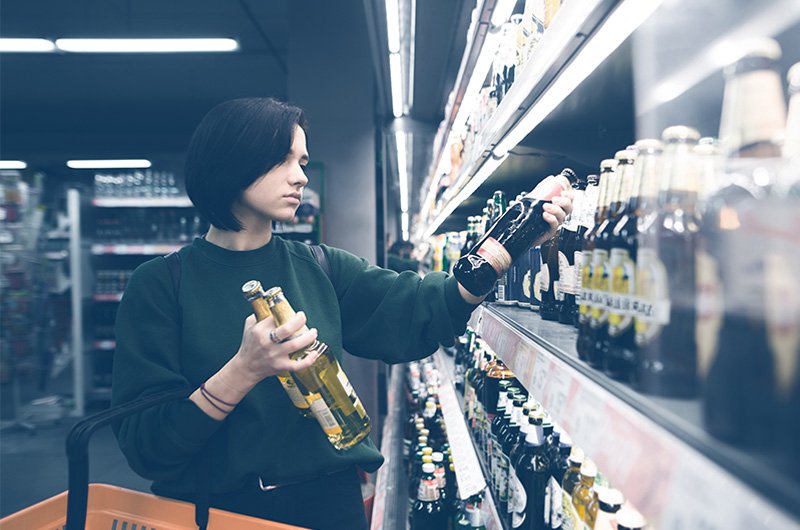Although there is a difference between counterfeit foods and adulterated foods, what both practices share is the huge damage caused to companies and consumers, whether in terms of brand reputation or health. A number of different kinds of foods have been affected, and cases are not restricted to particular locations: the problem is worldwide.
BELOW WE EXPLAIN:
- the differences between counterfeit and adulterated foods;
- the products that are most affected by these practices; and
- how traceability technology can help.
COUNTERFEIT FOODS
Counterfeit foods are produced with the aim of copying the appearance and general characteristics of another legitimate food, and they are given the same name, but they are not the same. Producers may counterfeit a food to increase their financial gains in the supply chain or when the product is sold.








